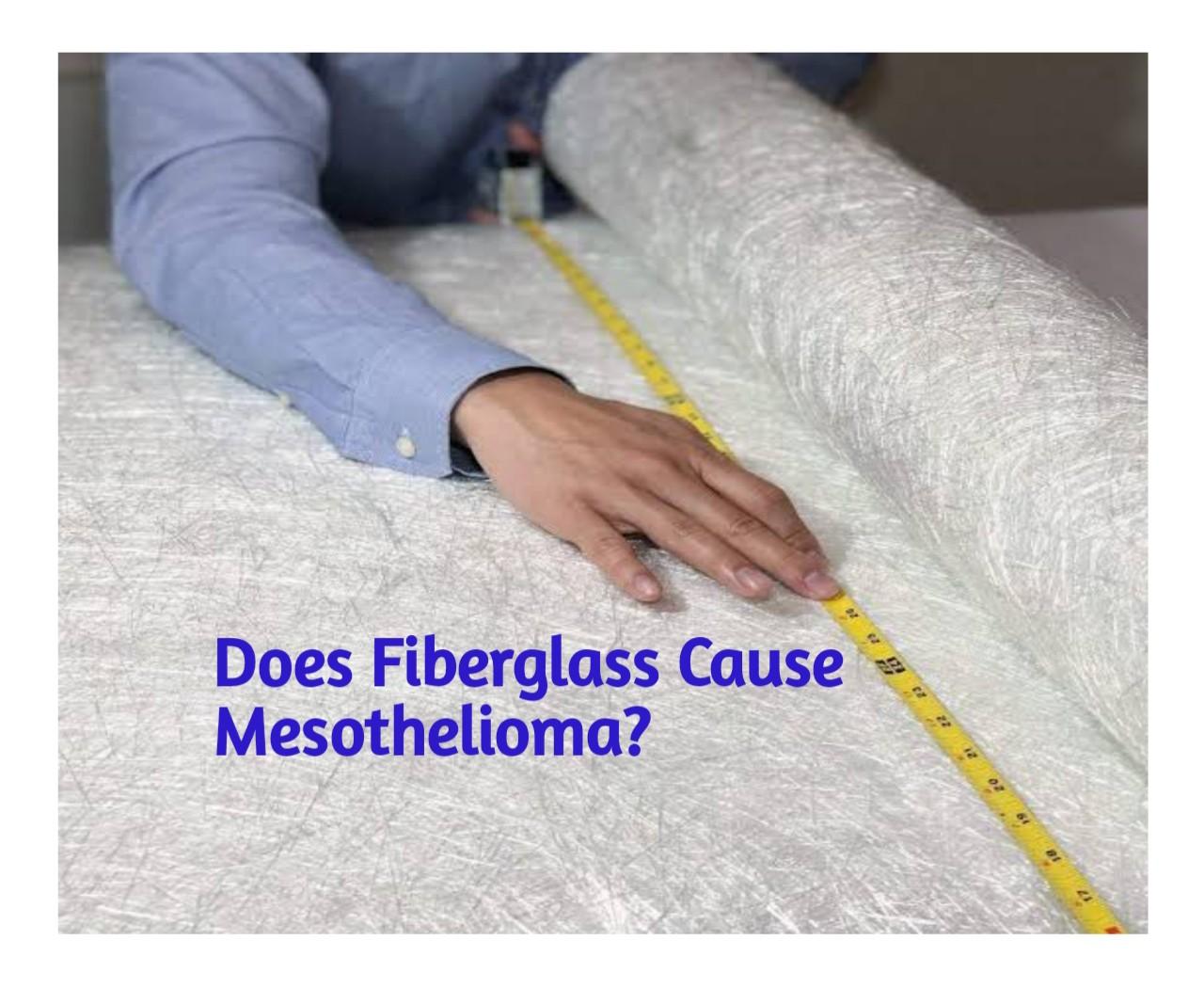Mesothelioma is an aggressive and deadly form of cancer. Mesothelioma treatments are available, but for many people with mesothelioma, a cure isn’t possible.
Doctors divide mesothelioma into different types based on what part of the mesothelium is affected. Mesothelioma most often affects the tissue that surrounds the lungs (pleura). This type is called pleural mesothelioma. Other, rarer types of mesothelioma affect tissue in the abdomen (peritoneal mesothelioma), around the heart, and around the testicles.
Causes of Mesothelioma
Asbestos is the only definitive cause of mesothelioma. When asbestos fibers are inhaled or ingested, they may become embedded in the lining of the lungs, abdomen, or heart. Over time, the fibers cause inflammation and scarring. This irritation can eventually lead to the development of mesothelioma tumors.
Can A Person Get Mesothelioma From Working With Fiberglass?
Fiberglass is the trade name for a man-made fiber that also may be called fibrous glass or glass wool. Fiber is a particle that is at least three times as long as it is wide. The main fiber-forming substance in fiberglass is glass. Fiberglass was first used in the 1930s for home furnace filters and insulation. Fiberglass also is used to insulate pipes and appliances, for sound control in aircraft and automobiles, and in curtains, roofing material, and some plastics.
How can I be exposed to fiberglass?
Dust is produced when fiberglass is trimmed, chopped, cut, sanded, or sawed. Exposure to the fibers present in the dust can occur by skin contact, breathing the dust, or swallowing the fibers. This usually occurs in indoor environments when a person is working with fiberglass. Once fiberglass is installed, exposure to fibers will not take place unless it is moved, such as during remodeling.
Health effects from exposure to fiberglass can be different depending on the fiber size and type of exposure. Larger fibers have been found to cause skin, eye, and upper respiratory tract irritation. There are other possible health effects:
- A rash can appear when the fibers become embedded in the outer layer of the skin. No long-term health effects should occur from touching fiberglass.
- Eyes may become red and irritated after exposure to fiberglass.
- Soreness in the nose and throat can result when fibers are inhaled. Asthma and bronchitis can be aggravated by exposure to fiberglass.
- Temporary stomach irritation may occur if fibers are swallowed.
Little information is known about the health effects caused by small fibers. Smaller fibers have the ability to reach the lower part of the lungs increasing the chance of adverse health effects.
People who work with fiberglass or who have worn-out duct work lined with fiberglass in their homes or workplace may have long-term exposure to fiberglass.
There is no evidence that fiberglass causes mesothelioma or other types of cancer in people. Animal studies have shown an increased risk of cancer when fiberglass fibers were implanted in the lung tissue of rats, but these studies are controversial because of how the fibers were implanted. Based on these animal studies, the International Agency for Research on Cancer has classified some fibers used in fiberglass as possible human carcinogens (cancer-causing agents).
What Are the Symptoms of Mesothelioma?
Mesothelioma symptoms can take 10 – 50 years to emerge after initial exposure to asbestos. Symptoms are often mistaken for less serious illnesses, which can complicate early diagnosis. When symptoms present, patients should seek medical attention, as early detection may improve mesothelioma prognosis.
Common Symptoms of Mesothelioma
- Chest pain or abdominal pain
- Shortness of breath
- Fluid buildup
- Fatigue
- Fever and night sweats
- Weight loss
The life expectancy for most mesothelioma patients is approximately 12 months after diagnosis. Treatment may improve prognosis and can include surgery, chemotherapy, or radiation. ALSO READ: 5 Major Occupational Diseases Every Worker Must Watch out for





